No audio line input on !5-da051sa laptop
Options
- Mark Topic as New
- Mark Topic as Read
- Float this Topic for Current User
- Bookmark
- Subscribe
- Mute
- Printer Friendly Page
turn on suggested results
Auto-suggest helps you quickly narrow down your search results by suggesting possible matches as you type.
Showing results for

 Headset port: Many newer computers have one port that supports both three and four-pin connector headsets and headphones.
Headset port: Many newer computers have one port that supports both three and four-pin connector headsets and headphones. Headphone port: Supports headphones only.
Headphone port: Supports headphones only. Microphone port: Supports microphones only
Microphone port: Supports microphones only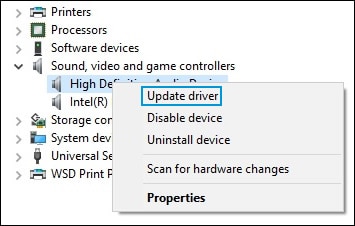
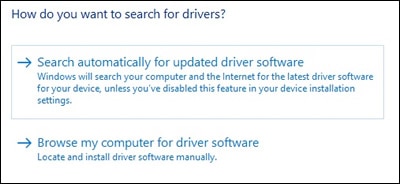
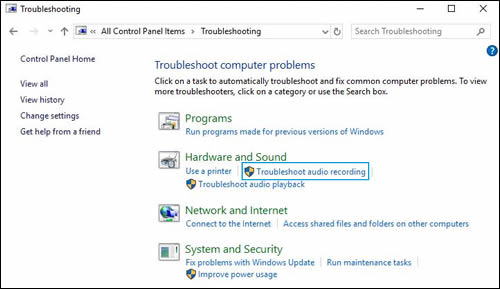
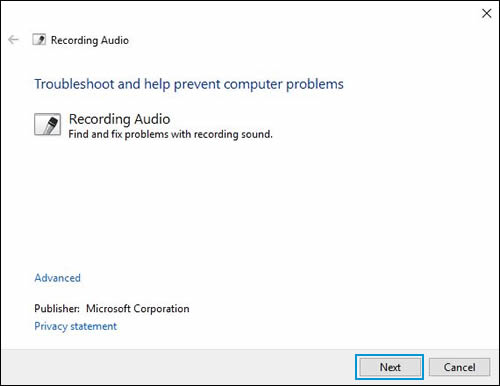


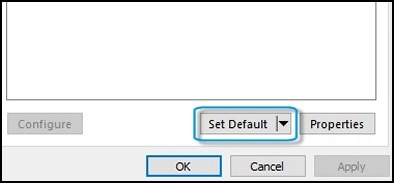

 is on, click it to unmute. The volume button should display as a blue speaker icon
is on, click it to unmute. The volume button should display as a blue speaker icon  .
.